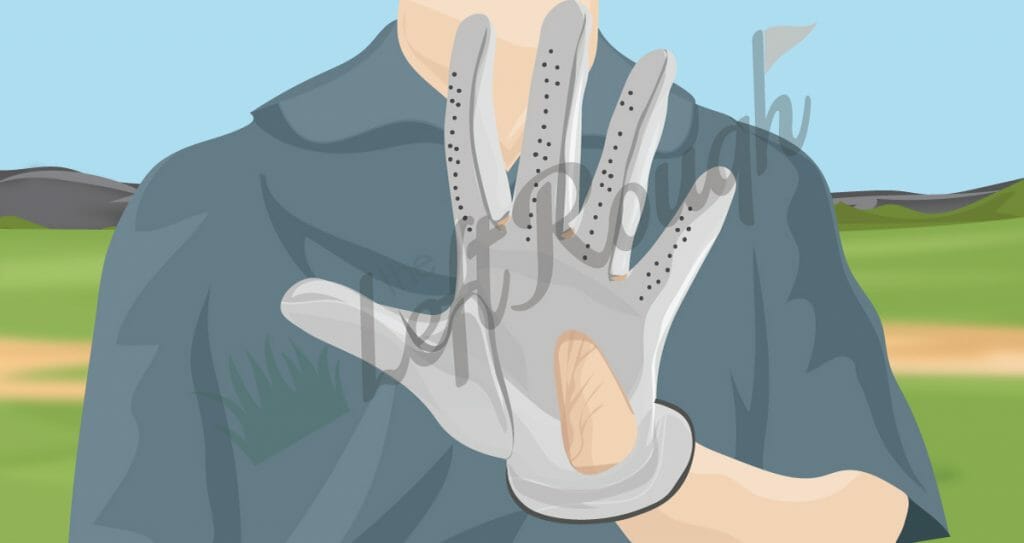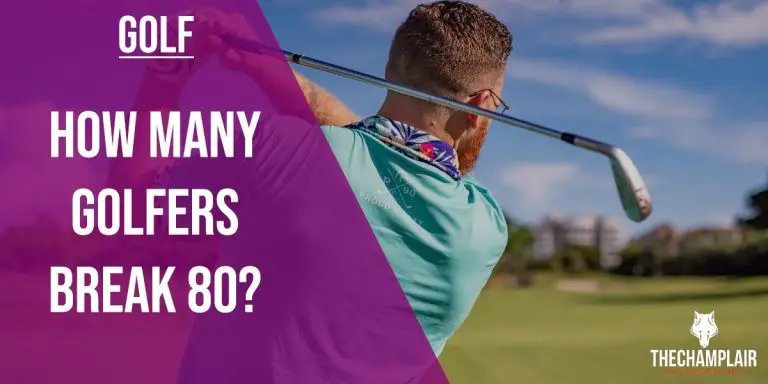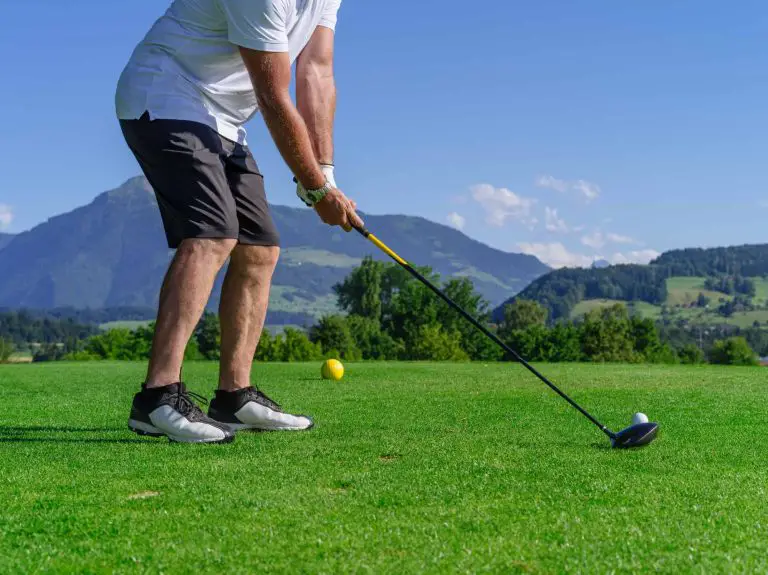How To Treat Golf Blisters

Are pesky blisters on your hands hindering your golfing performance? Don’t let those painful nuisances get in the way of your game. Whether you’re an avid golfer or just starting out, knowing how to treat golf blisters is essential for maintaining comfort and maximizing your swing.
Golf blisters can be caused by friction, moisture, and improper grip techniques. They can make holding the club painful and affect your overall performance on the course. But fear not! In this comprehensive guide, we will explore effective methods to treat golf blisters, promote healing, and prevent future occurrences.
From understanding the causes of golf blisters to providing immediate care and exploring preventive techniques, we’ve got you covered. We’ll delve into the world of proper hand positioning, grip aids, and the importance of well-fitting golf gloves. Additionally, we’ll discuss home remedies, over-the-counter treatments, and when it’s necessary to seek medical attention for severe blisters.
By following our expert advice, you’ll learn how to alleviate discomfort, speed up healing, and get back to enjoying your game with confidence. So, let’s dive in and discover the best ways to treat golf blisters, ensuring that nothing stands between you and your best swing!

Credit: theleftrough.com
What Causes Golf Blisters?
Before diving into the treatment options, it’s important to understand what causes golf blisters. The repeated rubbing and pressure on the hands during the golf swing can create friction, leading to blisters. Moisture, such as sweaty hands, can exacerbate the problem. Improper grip techniques and using worn-out grips can also contribute to blister formation. By addressing these underlying causes, we can effectively treat and prevent golf blisters.
Prevention Techniques for Golf Blisters
Prevention is better than cure, and that holds true for golf blisters too. We’ll explore various techniques to minimize the risk of blisters before they even occur. Choosing the right golf grips, ensuring proper hand positioning and grip techniques, and wearing well-fitting golf gloves are just a few preventive measures you can take. Additionally, we’ll discuss the use of grip aids and friction-reducing products to enhance your grip and reduce the likelihood of blisters.
Treating Golf Blisters: Immediate Care
If a blister does occur, immediate care is crucial to prevent infection and promote healing. We’ll guide you through the steps of cleaning the blistered area, draining the blister if necessary, and applying sterile adhesive bandages or blister pads. Taking these measures promptly and correctly will ensure that the blister remains protected and reduces discomfort during your golf game.
Treating Golf Blisters: Promoting Healing
Once you’ve provided immediate care, it’s important to promote healing and aid in the recovery process. We’ll discuss the best practices for allowing the blister to heal naturally, keeping it clean, and using antibiotic ointments or creams to prevent infection. Additionally, we’ll provide tips on avoiding activities that may worsen the blister or hinder the healing process. With these strategies, you’ll be on the path to quick recovery.
Home Remedies for Golf Blisters
Home remedies can offer additional relief and aid in the healing of golf blisters. We’ll explore the use of petroleum jelly or friction-reducing products before playing golf to minimize friction. Additionally, we’ll discuss the benefits of using moleskin or padding to cushion the affected areas and provide extra protection. Natural remedies, such as aloe vera or tea tree oil, will also be discussed for their soothing and healing properties.
Over-the-Counter Treatments for Golf Blisters
If the blisters persist or cause significant discomfort, over-the-counter treatments can provide additional relief. We’ll introduce you to various blister treatments available, such as hydrocolloid patches, blister cushions, pads, and tapes. You’ll learn how to select the appropriate products based on the severity and location of the blister. These treatments can offer comfort and expedite the healing process.
Seeking Medical Attention for Severe Golf Blisters
While most golf blisters can be effectively treated at home, there may be instances where medical attention is necessary. We’ll highlight the signs of infection to watch out for, such as redness, swelling, or pus. If you notice these symptoms or if the blisters worsen despite home treatments, it’s important to consult a healthcare professional. They can provide advanced treatment options, including draining procedures or prescription medications.
Preventing Future Golf Blisters
Prevention is key to avoiding the recurrence of golf blisters. We’ll provide you with practical tips and techniques to incorporate into your golfing routine. From maintaining proper hand and grip techniques to ensuring good hygiene and dry hands during play, these preventive measures will help minimize the risk of future blisters. Regular inspection and maintenance of worn-out grips and gloves are also vital for hand health and blister prevention.
Conclusion
With the knowledge and strategies shared in this guide, you are equipped to effectively treat golf blisters and prevent their recurrence. Remember, a comfortable grip and healthy hands are essential for an enjoyable golfing experience. By implementing the preventive measures, immediate care, and healing techniques outlined here, you can continue to pursue your passion for golf while keeping blisters at bay. So, take care of your hands, follow these guidelines, and get ready to enjoy your next round of golf blister-free!





